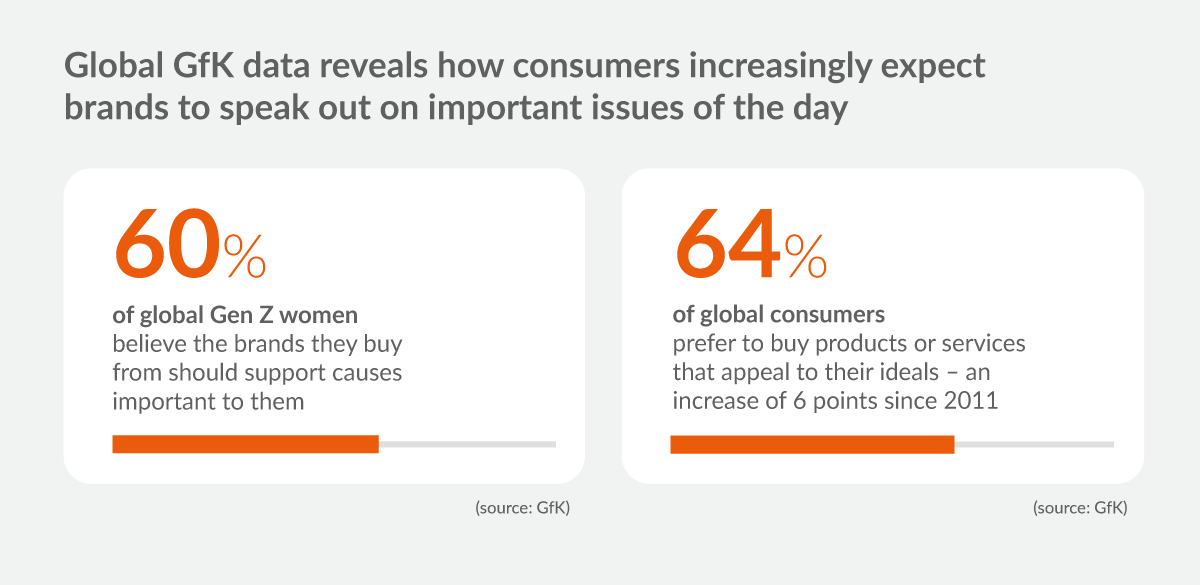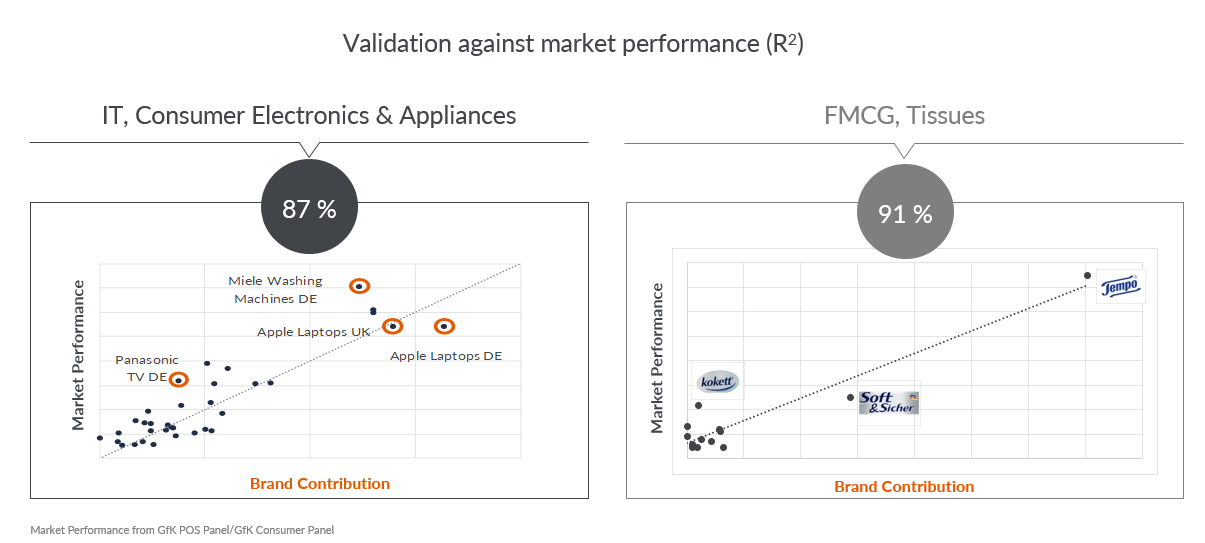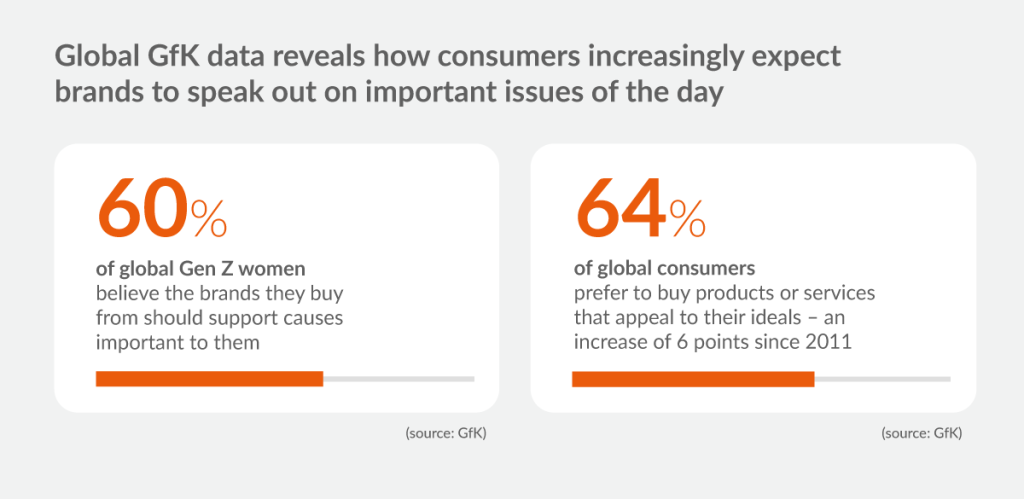Brand performance tracking is taking a more tangible direction with the focus on how much your brand contributes to sales or generates a price premium. Tracking brand performance is not an end in itself; its purpose is to generate tangible value for the company. Strong brands create sustainable value through a high market share, a high brand premium, or the smart combination of a high preference at a higher price. Despite consumers being bombarded with offers, they continue to be more willing to buy brands that they know and trust – and will even select these over lower-priced alternatives.
But, even brands that are currently performing well cannot necessarily rest happy. Pressure is increasing on consumers to think twice before spending. There are real fears around future finances as major organizations around the world are forced to make redundancies.
Companies that want to increase their market share are investing in tracking brand performance like never before, in order to sustain their brand health.

The real problem for marketers is measuring the actual contribution the brand makes to a company’s sales. This is because traditional brand performance tracking is not built on market and sales performance. This difficulty can lead to under-investment in brand positioning and strategy.
Start tracking brand performance by ‘contribution’, not just ‘brand value’
What your brand performance tracker needs to be showing you are these four things:
- How much is my brand contributing to sales?
- Is my brand attracting consumers?
- Is my brand generating a brand premium?
- What is the optimal brand building investment?
By linking consumers’ perception of your brand (brand image, experiences) to your actual sales, you bridge the gap between consumers’ attitudes and their purchase behavior. Bluntly, it shows you how much your brand is contributing to topline sales.
When you compare this against perception and purchase of competitor brands, you get a balanced picture that lets you understand:
- Your category dynamic;
- The value of your current brand contribution;
- What to activate in your campaigns; and
- The market actions to secure and increase your brand contribution.
Brand Contribution is a strong indicator for market reality across categories
Achieving a high value on your brand contribution indicates that consumers will still decide for your brand, even at higher price levels. Overall, these types of brands realize higher brand premium and are less vulnerable to promotional churn.

What do others think about our approach to tracking brand performance?
Alicja Korkosz-Foltyn is Head of Global Branding at METRO AG. Here is what she says:
“GfK has been a great partner for us. They invest in understanding our needs and objectives and provide us with a passionate, knowledgeable and expert team that works with us to create a highly successful brand tracker. We see our cooperation with GfK as an investment in our brand growth.”




